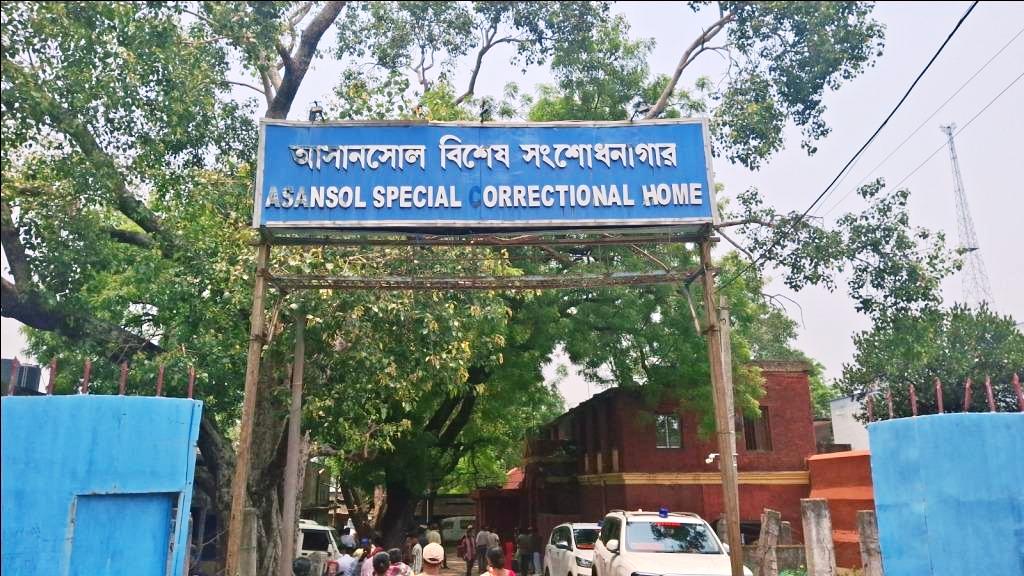Behind cold iron bars and layers of concrete silence, something extraordinary happened. It wasn’t a jailbreak. It wasn’t a court twist. It was far more human. A mother, long locked away for allegedly murdering her husband, saw her daughter’s face after three long, aching years—and the prison, quite literally, cried with them.
This wasn’t a scene from a film. It was Family Day at Asansol Correctional Facility on Thursday. A day meant to bridge gaps that time, trauma, and circumstance had ruthlessly widened. A rare, fragile window opened wide enough for five inmates to clutch their fading bonds. But amidst all of them, one reunion hit hardest: a mother and her little girl, caught in a story drenched in loss, stigma and longing.
She was arrested in Salanpur for allegedly ending her husband’s life. Since then, her address has been a cellblock. The little girl? Raised by her paternal grandmother, wrapped in a different kind of prison—one built of grief, pride and silence. The in-laws cut off all contact and for years, the woman begged to just see her child. Her requests fell into the black hole of red tape—until now.
Enter a clutch of empathetic hands. The District Legal Services Authority (DLSA), the Asansol Correctional Facility, and officers from the Asansol Subdivisional Administration and Police Commissionerate joined forces to break through the bureaucratic frost. Five families were called. Emotions showed up uninvited.
“When that little girl saw her mother, she didn’t walk. She ran—straight into her mother’s arms,” said Chandreyi Hait, the facility’s superintendent. “The mother collapsed into sobs. The child cried too. It wasn’t just them—guards, staff, even senior officers, we all stood there choking back tears.”
For a few stolen moments, years of pain collapsed into a single embrace. The mother held her daughter like she would disappear if she let go. No words, just raw, human emotion. “She poured out everything she’d held inside,” Hait added. “That scene—it’ll haunt you in the best way.”
The unsung hero behind this reunion? Amrapali Chakraborty, DLSA District Secretary. “I wear an officer’s badge, yes. But first, I’m a mother,” she said simply, adding, “I saw the plea in the prisoner’s eyes. I couldn’t ignore it. So I reached out to the family. I kept calling. Pleading. Explaining. Eventually, the grandmother agreed.”
And in one of the most unexpected turns, the grieving mother-in-law came too. The same woman who once swore off the accused. “Yes, she took my son from me. But seeing my granddaughter in her arms today… maybe it’s time to let go. Maybe life needs to go on,” she said.
This wasn’t a one-off miracle. Other inmates, long ghosted by their kin, met their children, spouses, and parents after years. Faces grown older, eyes tired from waiting, hearts cautiously hopeful. For a moment, prison walls blurred.
Sub-Divisional Officer Biswajit Bhattacharya watched it unfold. “These men and women once had homes, families, lives. Today, they’re inmates. But this—this was real rehabilitation. This was redemption,” he said.
Amrapali hopes this sparks more than just sentiment. “When an inmate sees their child or parent again, it lights something up in them. A memory. A responsibility. A reason to return, not just to society, but to themselves.”
And so, in a world where inmates are often reduced to file numbers and cold verdicts, Asansol Correctional Facility dared to give them something else: a chance to feel human again.
Because sometimes, the most powerful reforms don’t start in courtrooms—they start with a hug.


